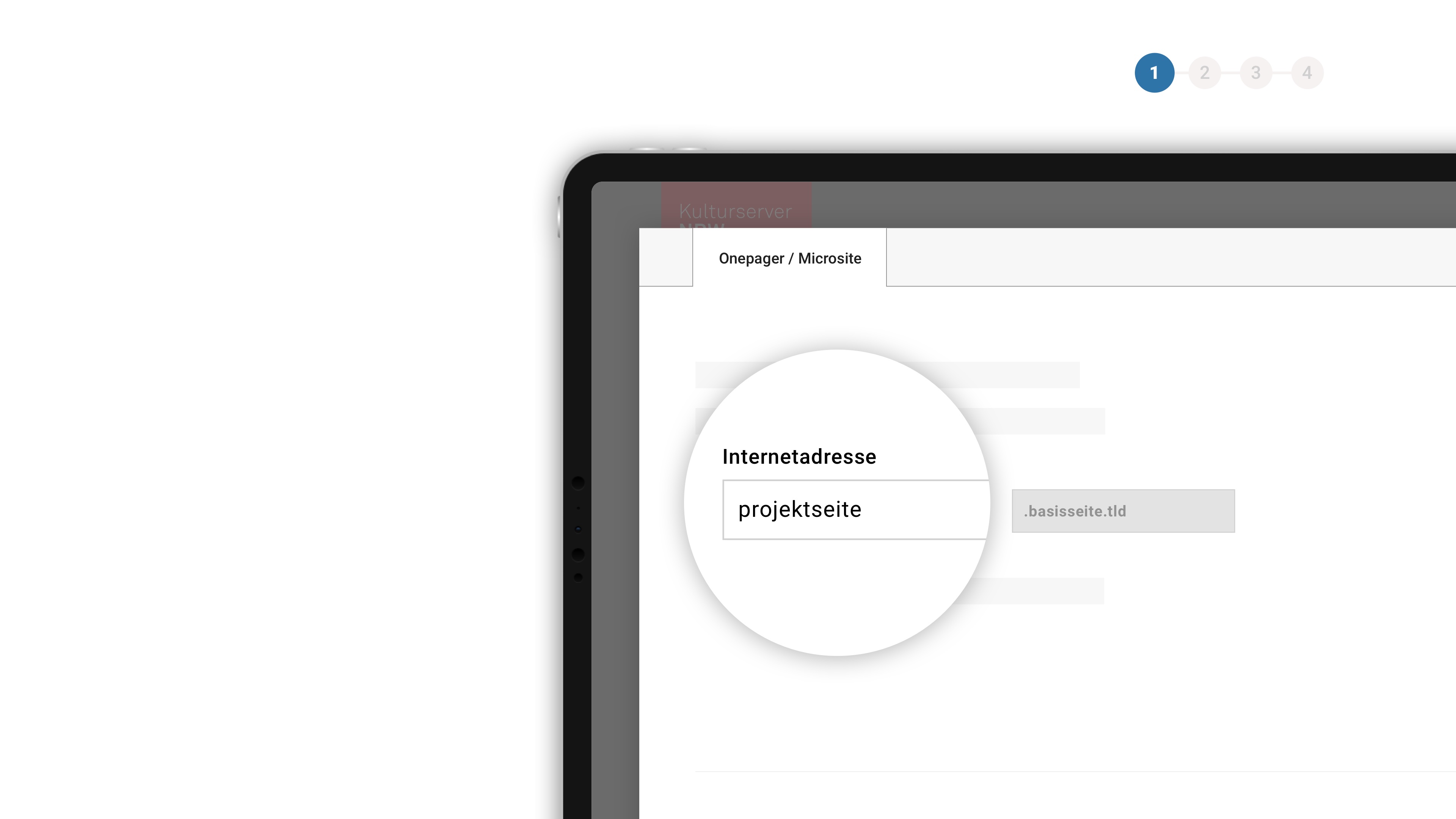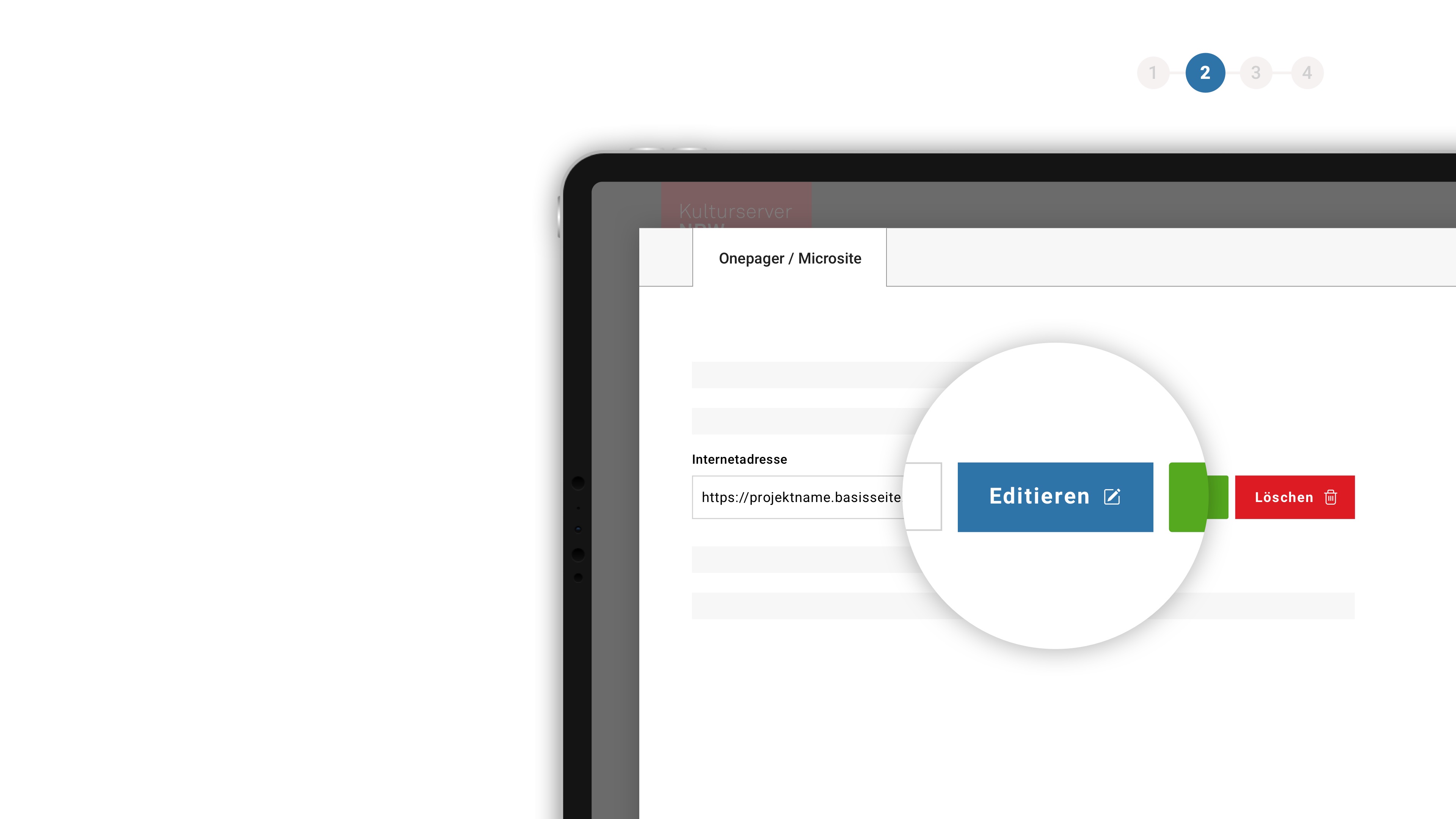Arabella als Reise in Vergangenheit und Zukunft - Deutsche Oper Berlin
From the programme booklet
Arabella: A Journey into the Past and the Future
An essay by Bettina Bartz
For years, Richard Strauss had been trying repeatedly to get Hugo von Hofmannsthal to write him a humorous libretto.
On May 25, 1916 he wrote to Hofmannsthal:
“Regarding a new opera, I am thinking of the following two things: either a totally modern, absolutely realistic comedy of characters and nerves… or a pretty piece with love and intrigue.”
Hofmannsthal originally rejected the notion, answering on May 30:
“Your letter made me laugh heartily. To my feeling, those are truly awful things you are proposing, and they could scare one off being a librettist for life – perhaps not anyone, but me especially. You know, though, let’s not ponder this too thoroughly, for what you are envisioning, I will never be able to do, by no stretch of the imagination.”
Nevertheless, Strauss persevered. On June 5, he countered:
“You may laugh all you like: I know only too well what I want.” He was convinced “that I have a great talent for operetta – and since my tragic side has been fairly exhausted, and after this war, tragedy on stage seems pretty stupid and childish, I would like to exercise this indomitable talent of mine (after all, today I am the only composer left who truly has a sense of humour and wit, and a marked talent for parody).”
One must agree with Strauss when he claims that parody is in his blood, for his music consists mainly of quotations, imitation, persiflage and travesties of other composers’ and his own works; he is mistaken, however, when it comes to humour. No viewer laughs out loud during a performance when the mention of “roses” in Act I of ARABELLA prompts an orchestral quotation from DER ROSENKAVALIER, or when in Act III, the last conversation between Arabella and Mandryka opens with a melody strongly reminiscent of the first movement of Beethoven’s Piano Sonata No. 26 in E-flat-major Op. 81 a, known as “Les Adieux”. Rather, these are little insider jokes. Strauss owes his international success to other qualities. The older Strauss may have realized this, for after composing ARABELLA, he wrote to Stefan Zweig on January 22, 1934:
“South German bourgeois that I am, I am most suited to ‘sentimental stuff’: but one can’t always write such hits as the Arabella duet or the Rosenkavalier trio. Does one really have to turn 70 to understand that one’s greatest talent really lies in creating kitsch?”
The younger Strauss, however, felt a “calling to be the Offenbach of the 20th century” and urged Hofmannsthal:
“… You will and you must be my poet. Offenbach’s HELENA and ORPHEUS have reduced the ridiculousness of ‘grand opéra’ to absurdity. What I mean by my spurious and clumsy blunders, which have offended you so badly, is political and satirical parody of the sharpest nature. Why should you be unable to do that? You write too little in general; you should get a firm grip on your Pegasus. If you did, the old nag would run quite willingly. Our path continues onward from DER ROSENKAVALIER; its success proves it, and my greatest talent is this kind of work (sentimentality and parody are the feelings to which my talent responds most forcefully and fruitfully).”
In a letter dated July 28, 1916, Strauss reverted to his inquiry:
“I agree with you fully that the overture to ARIADNE is the new and unique path we must tread, and my own inclination is towards a realistic comedy with truly interesting people, whether more lyrical … or more burlesque, with parodistic content in the style of Offenbach’s parodies.”
Combining Light Comedy and Music
In his letter dated September 8, 1923, Strauss voiced his belief that “I have not had my final say in this genre,” but he still had to wait years for a suitable libretto. Finally, on November 13, 1927, Hofmannsthal signalled that he had found a scenario “which is equal in merriment to DIE FLEDERMAUS”, for a “three-act spieloper, almost an operetta”. He revealed that his creation would amalgamate ideas from a conversational piece he had been planning to base on Adolf Bäuerle’s Der Fiaker als Marquis and “another unperformed comedy”. The latter was a reference to his story Lucidor, published in 1910, which already bore the subtitle Figures for an Unwritten Comedy.
Their further correspondence shows how much thought Hofmannsthal gave to the combination of light comedy and music. On December 22, 1927, he wrote extensively about the use of Croatian folk tunes for the figure of Mandryka and about the dance music for the Coachmen’s Ball in Act II:
“At a Court ball, one could easily imagine a czardas or kolo or mazurka, but for heaven’s sake not at a Coachmen’s Ball, that would be overegging the pudding… The action of the comedy, which is very dense and vivacious, takes place in the foreground; in the back, people descend to the ballroom, and I imagined the ball to be rather invisible, except that the figures occasionally enter the fray and then return from it… In reality, the dances around 1860 would have been waltzes, mainly waltzes, then quick polkas and in the end a daring cancan. That, however, is nothing to do with us, and the action, for one, will certainly not lead towards such an Offenbach-esque finale. That’s not my cup of tea, and I don’t know if the cancan is yours.”
The fear that the music might overpower the conversation between his figures and render it unintelligible was by no means unfounded. Yet even if the era of parlando recitatives was over and people loved a full orchestra sound, the composer showed a great deal of respect for the work of his librettist. Strauss was interested in singing actors and conductors who ensured that they were understood, as he declared in his 1942 Memoirs of the First Performances of my Operas:
“My vocal style has the tempo of recited drama and often conflicts with the figuration and polyphony of the orchestra, and only outstanding conductors, with their own understanding of singing, can strike the dynamic and motoric balance between the performers and the baton.”
A Journey into the Past
What the two achieved in 1929 with ARABELLA may rarely be outright funny, but it is at times caustic, ironic and replete with social criticism, even if it cannot compare to DIE FLEDERMAUS and Offenbach. This last collaboration was suddenly interrupted by Hofmannsthal’s death. The poet succumbed to a stroke on July 13, 1929, two days after his son committed suicide. The composer had sent Hofmannsthal a telegram on July 14, 1929, which the recipient never got to open: “First act excellent. Heartfelt thanks and congratulations. Yours ever truly, Dr. Richard Strauss.” Presumably out of deference to the deceased, Strauss made no further changes to the draft text for Act II and III, composing everything exactly as Hofmannsthal had left it. However, Strauss’ music maintains a certain distance throughout: instead of always cloaking the figures in a flattering moonlight atmosphere, it also throws things into high, occasionally relentless relief.
This lends the music of the late Strauss great quality, despite all its superficial silliness. It treats opera clichés with a parodistic and self-ironic attitude. At times, this music has certain silent-film qualities, illustrating all the gags quite literally. It criticizes capitalism by commenting on the nouveau-riche provincial who whips out his wallet to bribe his future father-in-law in the simplest way: “Teschek, bedien’ dich” (“Go on, help yourself”). Here Richard Strauss makes use of his theatrical experience, highlighting the point with illustrative brutality and making it recur in the manner of a leitmotif. “Teschek”, ordinarily spelled “tessék” in Hungarian, means “you’re welcome” and is a term found in operetta German, similar to “Kukuruz”, “Gulasch” and “Csárdás”, symbolizing the Austrian-Hungarian Empire and connecting the piece to the operetta tradition of Kalman and Lehàr. At its heart, ARABELLA is an operetta, as Strauss had wished - except that Strauss Richard did not write waltzes that were as catchy as those by other composers named Strauß. The fact that the baritone talks like an operetta template, however, is only one of the details making the piece so interesting. First and foremost, it is “self-referential”, continuously emphasizing its own genre, and perhaps the term “emphasizing” is too weak, and one should say “exaggerating” or even “spoofing”. Strauss presents figures as types in their own stage tradition – think: “Look here, I’m Fiaker-Milli, I prostitute myself through my coloraturas, tralala!” Bartering the bride away requires no duet, but only one phrase as a leitmotif: “Teschek, bedien’ dich!” Everything is about money, and no one pretends otherwise, for the bourgeois family is a community of interests, a business model. Hofmannsthal and Strauss were quite entrepreneurial in their private lives, experts not only in their art forms, but also their royalty statements, but capitalist greed was always the butt of their criticism. Strauss turned the “Teschek, bedien’ dich” theme with its rustling of banknotes into the most memorable motif, and it sticks in our mind even more persistently than “Aber der Richtige, wenn’s einen gibt für mich…”
All this just highlights the exception even more clearly: when Arabella finally grabs the reins and tells all these men what she thinks, parody or ironic orchestral comments vanish almost entirely. This female figure may be romantically naïve, like a heroine from Pride and Prejudice or Emma, but as an active character, she is authentic and clear. And the best thing: she requires no Mr. Darcy or anyone to maintain the self-respect of her little sister, or her own.
Only her self-emancipation at the end explains why the opera is entitled ARABELLA, even though the little sister Zdenka, respectively the little brother Zdenko, is the more interesting double role.
A Fascinating Gender Swap
The letter-writing Zdenka, dressed up as Zdenko, a young man who adores his sister’s bridegroom, is the constellation Hofmannsthal presumably identified with to the greatest degree. Here, the intrigue is at its strongest, a game with real feelings in misleading costumes. Whether Hofmannsthal himself occasionally wished to go out into the world dressed as a woman remains, of course, pure speculation, but he was certainly familiar with the role of the outsider in a patriarchal, restrictive society – and not only he, but many in his audience. Homosexuality was only legalized in Austria in 1971, and at Hofmannsthal’s time, there was still a five-year prison sentence attached to “sodomy against nature”. No wonder that hiding and obscuring held such importance for this poet.
Is it a shame, then, that Zdenka doesn’t drown herself, and tragedy is replaced by a bourgeois marriage? On the contrary, for this drastic twist at the end makes the piece, which seemed to be trying so hard to revive the old days of 1860, modern after all. Until that point, in fact, all its figures behave entirely predictably and within the framework of their role clichés, but when catastrophe strikes, the author takes his pieces off the chessboard and says: I’m going to set you up anew. I’ll just turn Arabella into the voice of higher reason, and all will be well.
Rejection of Toxic Masculinity
ARABELLA becomes a political opera because in the end, it fails to adhere to the pattern of male omnipotence. It is not clear whether Strauss was even aware of this fact. He himself liked to emphasize that he was “apolitical”.
Uri Ganani, whose 2018 book Konvention und Emanzipation deals with „female voices in the opera world of Richard Strauss and Hugo von Hofmannsthal”, claims that after SALOME and ELEKTRA, Richard Strauss and Hofmannsthal not only gave up on the musical avant-garde by keeping their distance from Schoenberg’s circle, “but also on another traditional characteristic of romantic opera in the 19th century: the performative death of the opera heroine”.
This points to a pattern in European art and cultural history which Catherine Clément was not the only one to identify in her 1979 book Opera, or the Undoing of Women (published in English in 1988). Clément suggests considering opera as a systematic “liquidation project” of female characters, claiming that the sublime singing of the heroines basically only obscures the practices of killing.
Elisabeth Bronfen wrote a book about a similar phenomenon in painting: Over Her Dead Body: Death, Femininity and the Aesthetic quotes the American poet Poe: “The death of a beautiful woman,” Edgar Allan Poe proclaimed in 1846, “is, unquestionably, the most poetic topic in the world.”
The procedure is a basic patriarchal pattern and has become a classic one in the arts. After General Agamemnon sacrificed his daughter Iphigenia on the pyre, in order to begin the Trojan War, and Shakespeare’s Ophelia drowned herself because of Hamlet, the opera stage also made femicide a standard and a much-indulged tradition – in particular, of course, the sacrifice of virgins of the soprano kind.
After World War I, however, things changed. Not only had women started to wear the pants of their husbands killed in the war and been forced to do men’s work as well, they had also visibly entered cultural realms which had long been male domains. Suddenly, they were no longer merely objects that were sold, abducted or murdered – suddenly, there was also an audience interested in the psychological state of women. Freud had tried to get a scientific handle on this new perception by inventing psychoanalysis. In this context, perhaps an anecdote is of interest that the singer Lotte Lehmann included in her autobiography in 1964, describing how she felt that performing Arabella helped her overcome her grief at the death of her mother: “It was an experience I will never forget. No power is greater than that of music. For two whole hours, it enabled me to forget my deep personal grief, to be Arabella and not my own self, broken by pain and grieving.”
A different audience structure (more women among the paying customers) after World War I also caused a change in the portrayal of female fates. German literature had seen a similar phenomenon, undergoing momentous change since the number of literate women had begun to grow since the end of the 18th century. Bestselling authors such as Jean Paul, but also many female writers, such as Helmina von Chézy or Bettina von Arnim, owed their careers exclusively to their female readership, whether as book purchasers or subscribers to journals.
With the rise of a bourgeois class who could afford theatre tickets, a bourgeois opera repertoire also emerged. During the first half of the 19th century, long-winded ballets – during which male operagoers could ogle the female dancers’ legs through their opera glasses – were box office hits. Later, heart-wrenching family dramas came into their own.
Yet it was not only on stage that women acquired a different status. Strauss and Hofmannsthal now also realized that they were an important “target audience”. Misogynist phrases, so common in DIE ZAUBERFLÖTE by Mozart and Schikaneder (“Ein Weib tut wenig, plaudert viel“ (A woman prattles much and does little), or “Bewahret euch vor Weibertücken… Manch weiser Mann ließ sich berücken” (Beware of female wiles… many a wise man let himself be enticed), or „Ein Mann muss eure Herzen leiten, denn ohne ihn pflegt jedes Weib aus ihrem Wirkungskreis zu schreiten“ (A man must lead your hearts, for without him, every woman tends to leave her assigned realm)) were no longer up to date. The Roaring Twenties had enabled a new outlook on life, and ARABELLA reflects this. Strangely, the opera was very popular with the Nazis as well; Hitler attended the premiere, and ARABELLA remained the most frequently performed contemporary opera of the blackshirt era until 1945. Because the German National Socialists had turned its 1933 premiere into a demonstrative cultural spectacle, the reference to the 1920s was lost and the opera fell into disrepute for a long time. That, however, does not necessarily mean that it was reactionary and could never be performed again – note that Beethoven’s liberation opera FIDELIO was also highly popular with the fascists.
Setting Sail for Utopia
Today, theatre can create a framework for analysis and comment upon the messages of old works. It is worth attempting to stage new and interesting versions of old pieces by adding a few drops of stage humour.
A quote by the young poet Hugo von Hofmannsthal, written in 1892, argues for this as well:
“So we play and act,
Playing our own pieces,
Precocious and tender and sad,
The comedy of our soul,
Of our feelings today and yesterday,
Pretty formulas for evil things,
Slick words, colourful images,
Half-formed, secret emotions,
Agonies, episodes…”
Let us give the creators of this work the respect they deserve, for they countermanded a tradition rarely questioned at their time, releasing the heroine from her role as a victim and postulating female fortitude. They did so despite the fact that they had little private reason to break a lance for women, and it must have been a long road for them to travel. Not only did SALOME still feature the requisite death of the title heroine at the end; even in ELEKTRA, Hofmannsthal had his title heroine die, even though this does not correspond to the myth of antiquity. The opera DIE FRAU OHNE SCHATTEN, written between 1911 and 1919, is testament to the suffering inflicted by the social norm of heterosexual marriage upon the two creators, and how great their longing for subservient wives must have been. It only increases their achievement for opera history to note that 15 years later, they stopped assigning blame and the victim’s role to women, but turned instead toward the strong women of the Italian opera buffa tradition. There, it is not rare for women to take their fate into their own hands, to form alliances with other women and stand up to men together – the most well-known example are Susanna and the Countess in LE NOZZE DI FIGARO. Instead of the Countess being jealous of Susanna, the two of them develop a plan to bring the Count back to reason. Ultimately, it is this solidarity which paves the way to the happy ending. In ARABELLA too, an amazing thing happens: Arabella is not mad at Zdenka. Instead of accusations, all she says is: “I’m here, I won’t leave you.” and “You’re staying with me. And whatever happened to you, nothing can have happened to you that would make us love you less!”
Despite the fact that Zdenka’s amorous intrigue, born from desperation, has estranged Arabella from the bridegroom she only just found, she understands and excuses Zdenka, and even draws this lesson for herself:
“We must want nothing, demand nothing,
weigh up nothing, measure and hold back nothing,
only give and love, always and forever!”
With Arabella’s demand to “measure” and “hold back” nothing, Hofmannsthal continues the opera’s line of social criticism, which is also in the tradition of opera buffa and already plays a role in Act I. The “market” and “greed” as the basic vocabulary of our social reality are despised, and instead the utopian energy of music is invoked, “in sorrow and joy, and injury and forgiveness!” The love invoked here is utopian, beyond gender clichés and assigned roles, and it is possible only between people who have the self-confidence to say: “Take me as I am!”
Translation: Alexa Nieschlag





